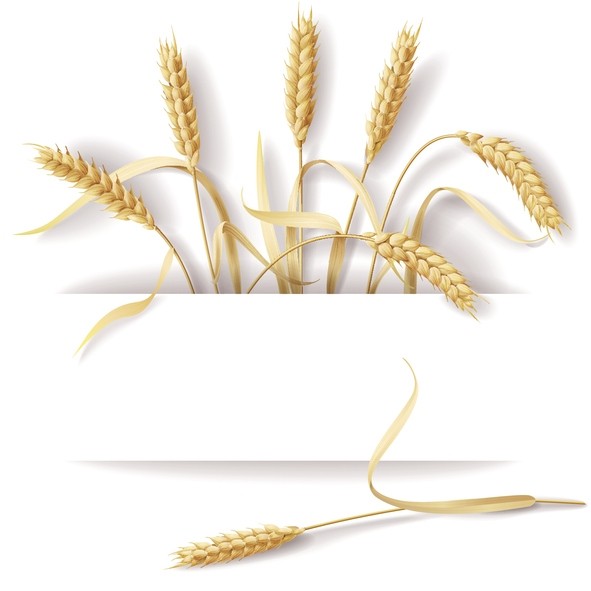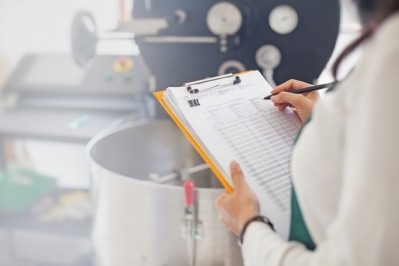Cereal offender: Grains a major source of food imports rejected by China amid safety fears

According to Herbalife’s Nutrition Advisory Board, it is hopeful that new technology can help curb the amount of food wasted.
Dr Kent Bradley, chairman of the Herbalife Nutrition Advisory Board, told FoodNavigator-Asia: “Food spoilage was likely the biggest cause of rejection.”
“Food spoilage can be defined as a disagreeable change in a food's normal state and are due to several reasons: air and oxygen, moisture, light, microbial growth, and temperature,” he said.
“Part of the issue is that contamination of the food supply can occur at various points of the supply chain from the farm to the table.”
Bradley said the main spoilage organism in cereal grains were typically mould.
“Moisture condensing on the surface of a food would provide an environment for mould to grow and multiply.
“Even dry foods like beans, flour, and cereals contain some water.”
Rejects
In May 2019, the GAC rejected 82 batches of food due to hygiene standards, and unregulated food additives.
Apart from cereal-based snacks, other foods rejected include fruits and vegetables.
Bradley pointed out: “Apart from food spoilage role in food safety, less often thought about are chemicals and compounds like pesticide residues that may compromise the integrity of the item to be consumed.”
He added that fake, adulterated, and incorrectly labelled products were a problem for the market.
“Fake food categories may include fake eggs made from resin; starch, coagulant and pigments poured into a mold and sold for a fraction of the cost of a real chicken egg; and nuts like concrete walnuts that are hidden inside real walnut shells to double the amount a seller can put in a bag.
“Meat such as pork is commonly disguised as beef, and even food condiments like black pepper are sometimes made from dirt residue in local mud.”
“Some of the fakes are simply disingenuous; the fake beef from pork is still made from a natural food product but involves charging individuals more than they’re supposed to.”
He advised to avoid being duped by food safety-compromised products, “Consumers should be wary of food products selling for significantly less than they’d expect.”
Exciting innovation
However, Bradley said the industry was seeing advancements in food safety testing, especially in deterring food fraud, improve traceability and reduce the need for recalls.
He believed these three technologies will help advance testing. They are blockchain, the industrial internet of things (IoT), and next-generation sequencing (NGS).
He said food safety was poised to benefit from blockchain technology.
In terms of blockchain, he said it would be possible to identify a specific time and location where the problem happened and then isolate the products that need to be recalled.
“The ability to securely share and track data across organisations, across continents, from farm to processing plant to grocery store shelves, means the food safety industry will gain unprecedented insight into exactly what’s going on in our supply chains,” he added.
IoT is also enabling innovative sensors to build safer food manufacturing plants that will operate more efficiently, monitor for unintended contamination, and protect against food fraud.
“These sensors deliver real-time data from across the food supply chain, and can help brands identify problems more accurately and earlier.”
Lastly, NGS-based tests are highly specific and have very low limits of detection. This means it can produce accurate, fast results at lower costs.
Educate consumers
Bradley said despite these technological advances, consumers were often unaware of the wide variances in the quality of the products they consume.
He suggested one of the most effective means to reduce food safety issues is “to educate consumers on this variability and provide them with information they can use to help identify food safety concerns.”














